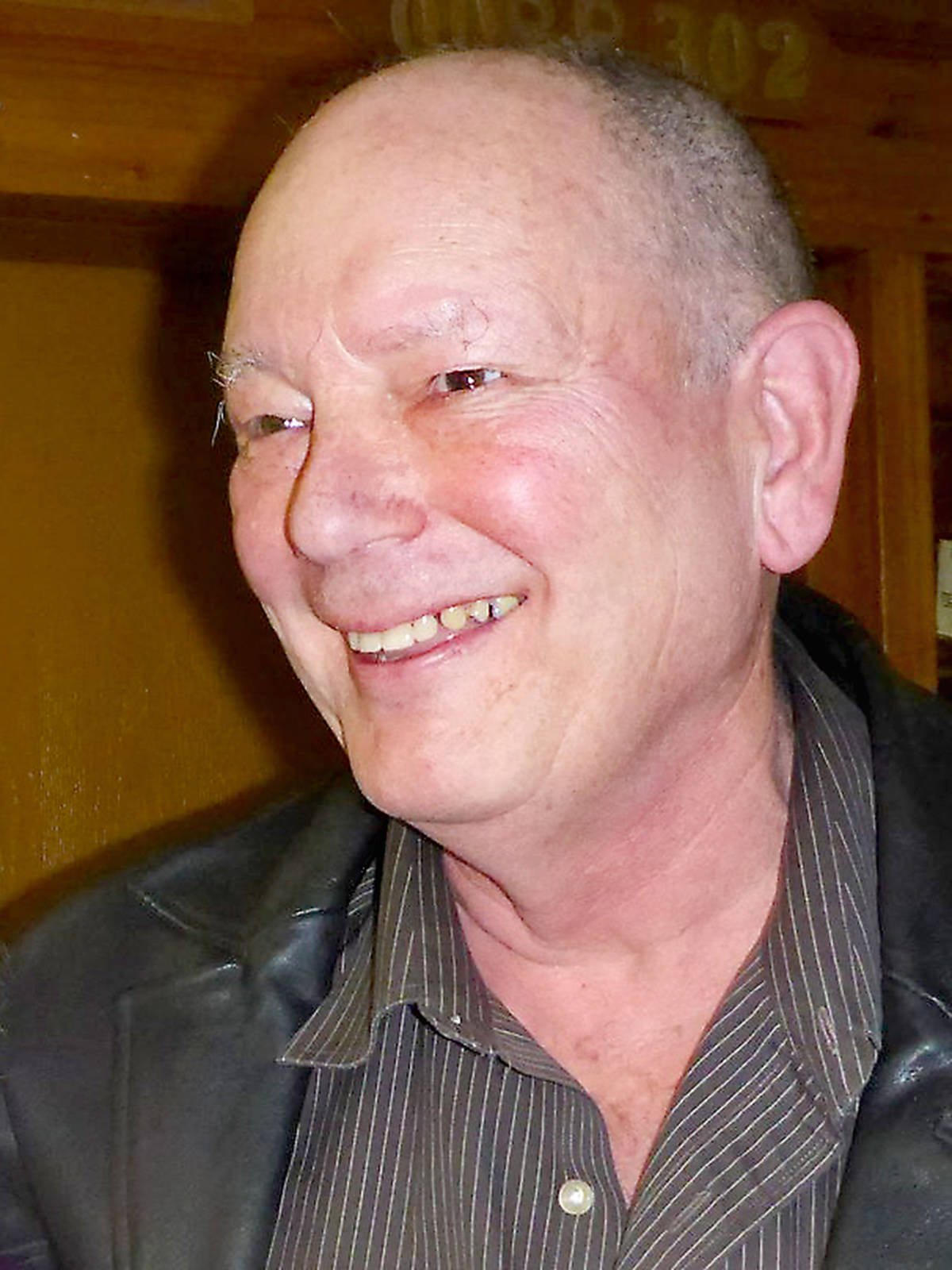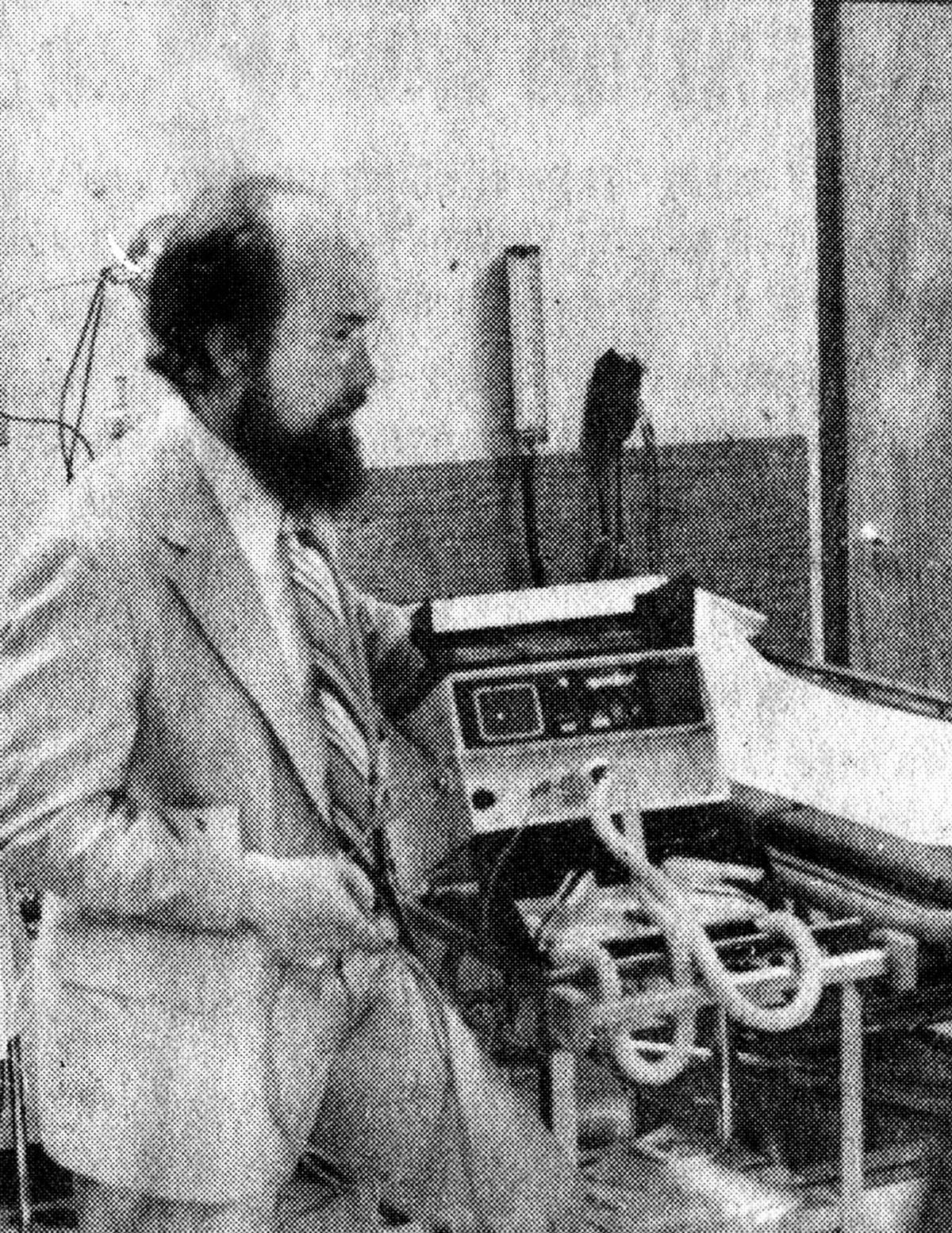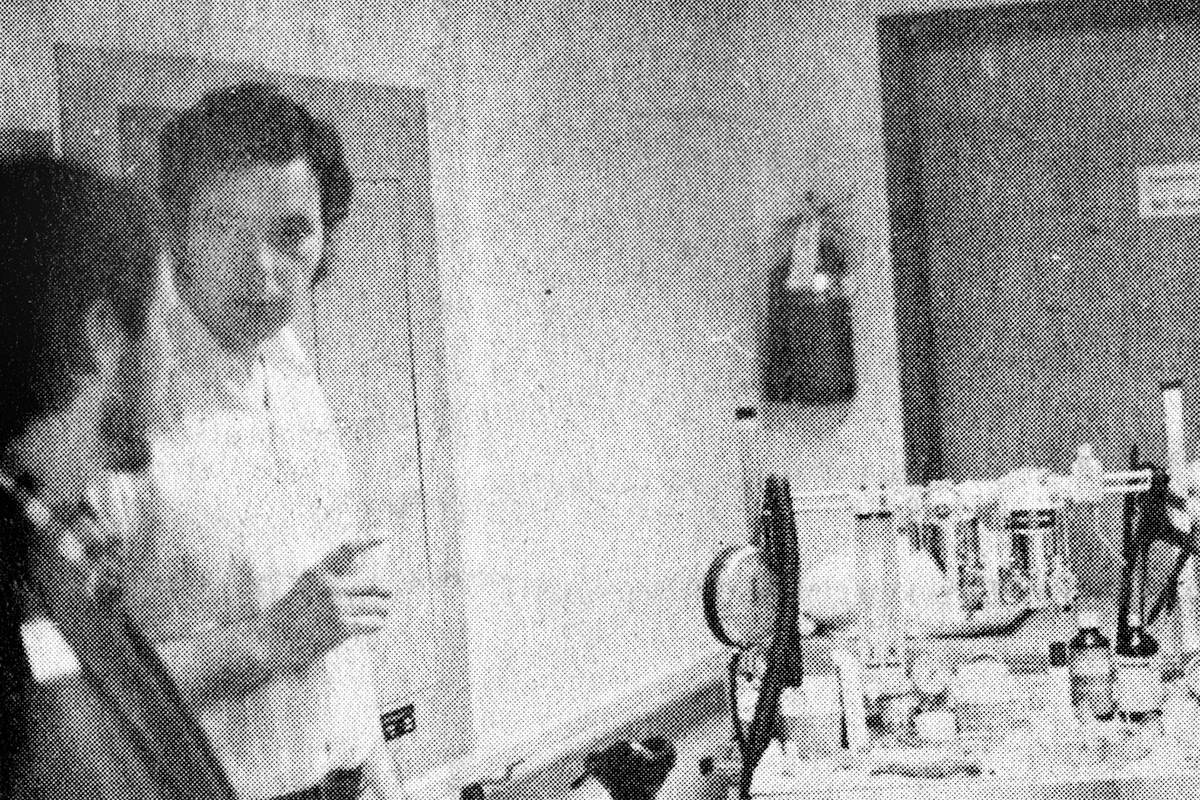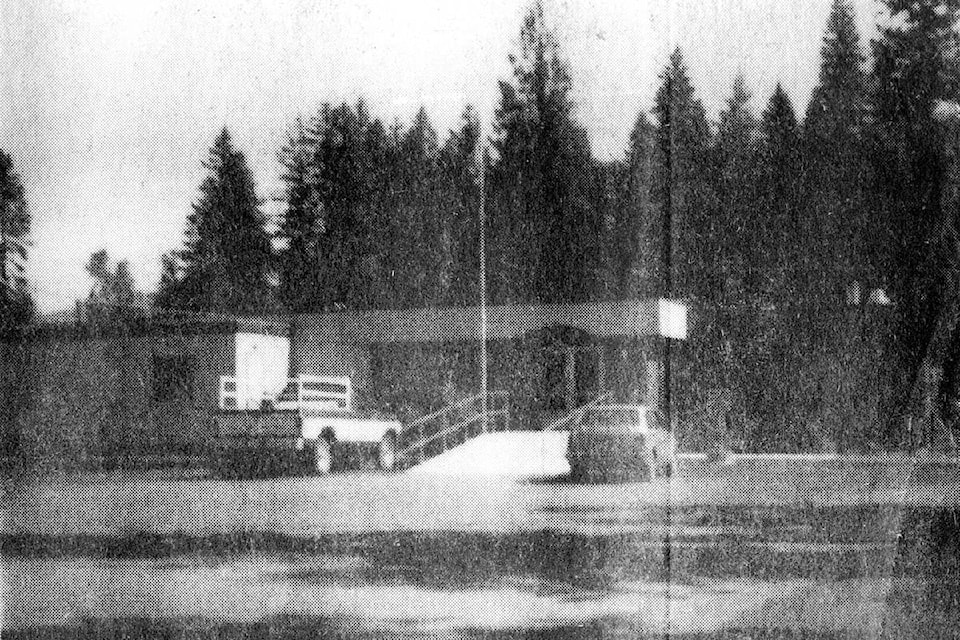By Keith McNeill
Healthcare in the North Thompson Valley has changed during the 41 years he has lived here but not always for the better, according to Dr. Bob MacKenzie.
“One of the reasons why I left practice was increasing bureaucracy and centralization of decision making,” he said. “When steps are taken for budgetary reasons rather than good clinical care, frustrations mount for all workers in health care and of course for patients. When we had a local hospital board, community members were involved in deciding priorities for our hospital, and while they were aware of the costs involved, they would have known that ridding our hospital of microbiology, blood banking, other laboratory services and provision of anesthesia was a false economy.”
He gave an example of a child undergoing chemotherapy who received unnecessarily prolonged treatment and hospitalization because microbiology has been referred out in recent years.
Despite the regional advisory committee’s admission that it represented sub-standard care, lab authorities proclaimed that even more services would be eliminated.
“It’s testimony to the dedication and work ethic of lab people like Linda Drouillard/Frizzle, Birgitta Leonard, Linda Casey and Brenda Currie, who persevered in spite of continued efforts to diminish their roles in local care,” he said.
“Lab staff, ‘back then’ and now, don’t receive the accolades they deserve,” he feels. “Nor do the people who served in every facet of hospital work. Nobody expects to go to work in the morning to clean rooms or cook, and end up bloody to the elbows helping in an emergency, but that was commonplace.”
Pearl Broswick, for many years the hospital’s sole x-ray technician, on call 24/7, is an unsung hero who could take great x-rays using an outdated stationary machine or a portable “… that looked like it came from the Crimean War.”
The addition of digital radiography in the new hospital is a huge benefit to patients, since images can be read immediately by a radiologist anywhere in B.C. that has compatible technology.
The ambulance service evolved from a converted hearse driven by Geordie Moss to the familiar “cars” of today’s B.C. Ambulance Service, as well as the wider availability of air transport.
Nurses are the backbone
“Every body needs a backbone, and nurses are it for healthcare. Office care, Home Care, Public Health, Red Cross Outpost and hospital care would fold without them,” he said.
“The first real practitioner in the North Thompson was Alice Moilliet R.N. of Vavenby. There are tales of her taking injured men to Kamloops in a box car while being warmed by a fire on the floor. Nurses are made of tough stuff.”
MacKenzie recalled more than one occasion when he, feeling tired after working many hours, was gently questioned, “Are you sure you want to do that?” or “How about an i.v. for this laboring woman?”
Deliveries would have been impossible without good obstetric nurses.
Dr. Gordon Tomm, a Kamloops physician, used to fly his own airplane in regularly to do clinic work, and Dr. John Willoughby travelled by train.
Dr. Rudy Regehr established a permanent clinic and was joined by Dr. Bruce Anderson in the early 1970s. After Regehr left, Anderson recruited Bob Woollard and Odell Olson to work in the old Brookfield clinic. Cary Lam arrived in town six months before MacKenzie started. They moved to the clinic’s current location around 1980. Bob Woollard was responsible for the affiliation with UBC’s School of Medicine that sent post-second year students for a rural practice experience. Clearwater’s rating by students has persisted at the highest level since its inception.
Originally from Victoria, MacKenzie received his medical degree at McGill, did three years of residency, and then did a year of emergency work in Michigan. He also taught for that year.
“I knew that I wanted to go into rural medicine and so I tried to develop an appropriate set of skills,” he said.
Medical staff was a team
The hospital opened in 1972, was small and primitive, but relatively well-equipped for its size, thanks to the tireless work of the hospital auxiliary.
Most importantly to MacKenzie, there was a stable medical staff that was supportive of efforts to stay current and who could be called upon at any time for an overwhelming emergency.
He credited John Harwood and the other members of the hospital committee for the fact that Clearwater had a hospital at all.
Harwood gained province-wide notoriety when he taped conversations with the then minister of health, showing that the minister was saying one thing in private and something else in public.
The original emergency room measured about 10’ x 15’.
“Imagine the scene one Christmas Eve when a bus with 40 passengers crashed near Mad River. We were bursting at the seams and had stretchers lining the hallways, entry vestibule and physio room,” MacKenzie recalled.
Ironically, the new ER was completed at about the same time as a new law came in mandating seatbelt use. That plus sawmill closures, improvements in logging safety, and the fiery destruction of two local bars and one in Blue River meant the emergency room wasn’t needed as much as before.
Doctors from Clearwater regularly travelled to Barriere clinics. Arlene Powell was the nurse and manager who provided space in two successive homes, demonstrating her devotion to the community. After the Barriere D&T was completed a few doctors came and went, but Terry Clare has been a rock for that town.
“He was practically unshakeable in his desire to stay during the 2003 fire,” said MacKenzie.
“The Blue River outpost was a less regular site for our visits, especially when we had to confront ice storms on the Messiter Summit.”
“Areas people don’t think about much until they’re faced with personal involvement are mental health, addictions and poverty. Social Services may have made a choice to move welfare offices to Kamloops but we’re fortunate that we still have social workers acting on behalf of children and families, counseling through Yellowhead Community Services, Public Health and some initiatives from IHA. YCS in particular has helped to fill those gaps,” MacKenzie believes.
“Centralized decisions also prompted Ken Nicholson’s early departure. Ken provided regular, excellent physiotherapy, but felt that he could no longer function under the new management model imposed by IHA. His was a big loss.”
“Past turmoil in local hospital management was largely quelled when former RN Berni Easson took the DHMH reins. We can only hope that upper management will stop pulling her in so many different, distant directions.”
Looking ahead
MacKenzie retired five years ago and has time since then to reflect on the future of rural health-care.
What will happen in Clearwater, the rest of the North Thompson Valley and other rural communities will depend in large part on the medical schools’ admission criteria, he felt.
The application process still puts too much emphasis on good grades and not enough on real world experience.
He asked, “Are they used to hard work? Hard work doesn’t mean being able to crack open the books at 4 a.m. It means getting up to help pull a calf at that hour. Have you set foot in a mobile home with moldy walls, no plumbing and smokey wood heat? Have you got dirt under your fingernails from working to help your family?”



